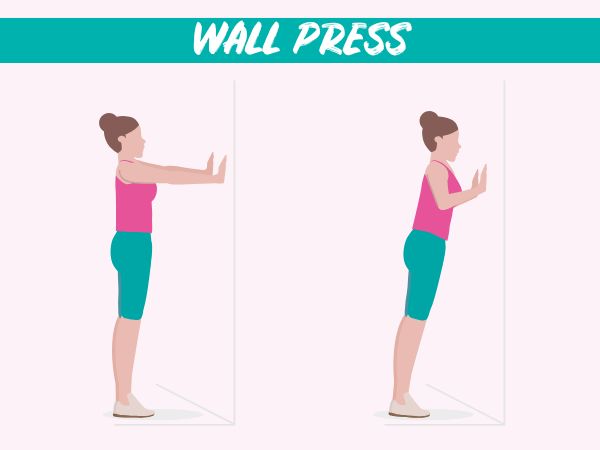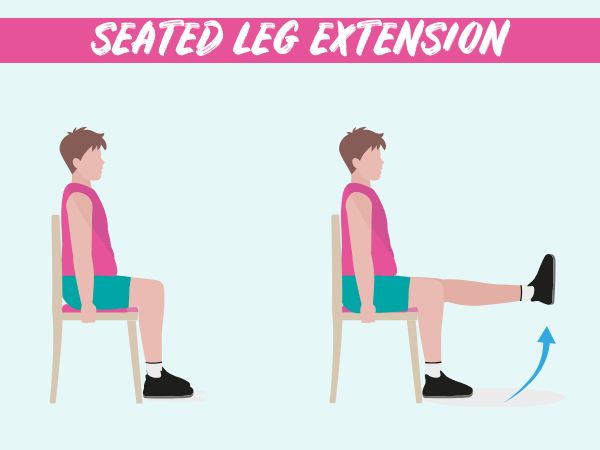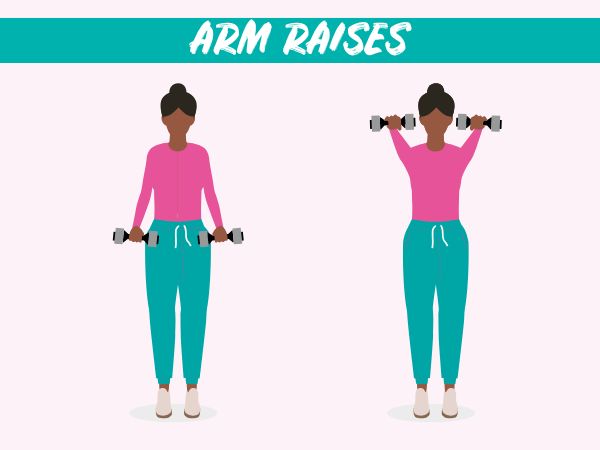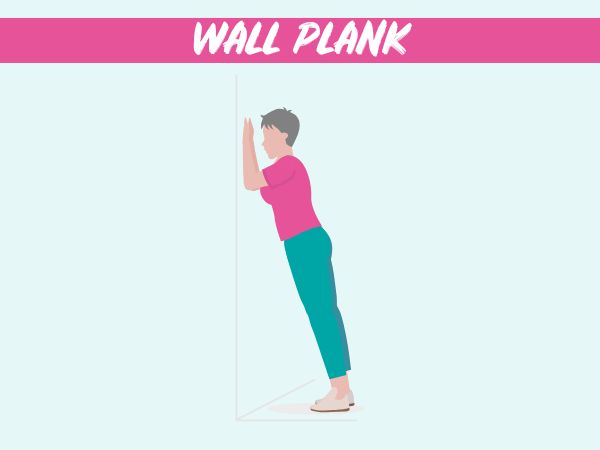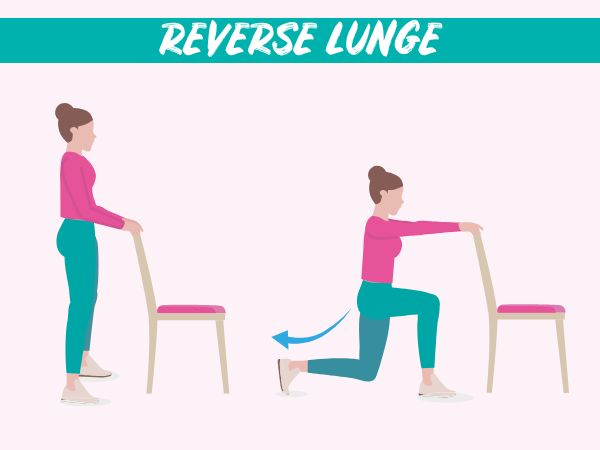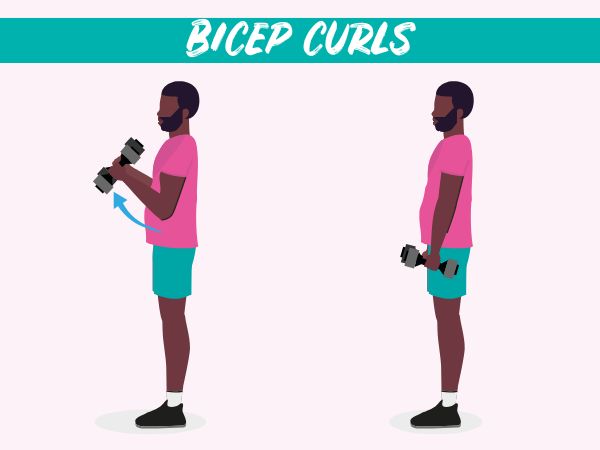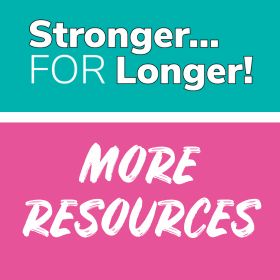
Below are a list of exercises you can do at home.
Doing these exercises at least twice a week will help to keep you strong. These exercises can be done alongside other physical activities.
If you have any health conditions, please ask advice from your health professional before starting these exercises.
The exercises will be available as a booklet which you’ll find in your local library after April and at any community event where Living Well service staff attend. If you’d like to get some copies for a community group or service please e-mail us here

